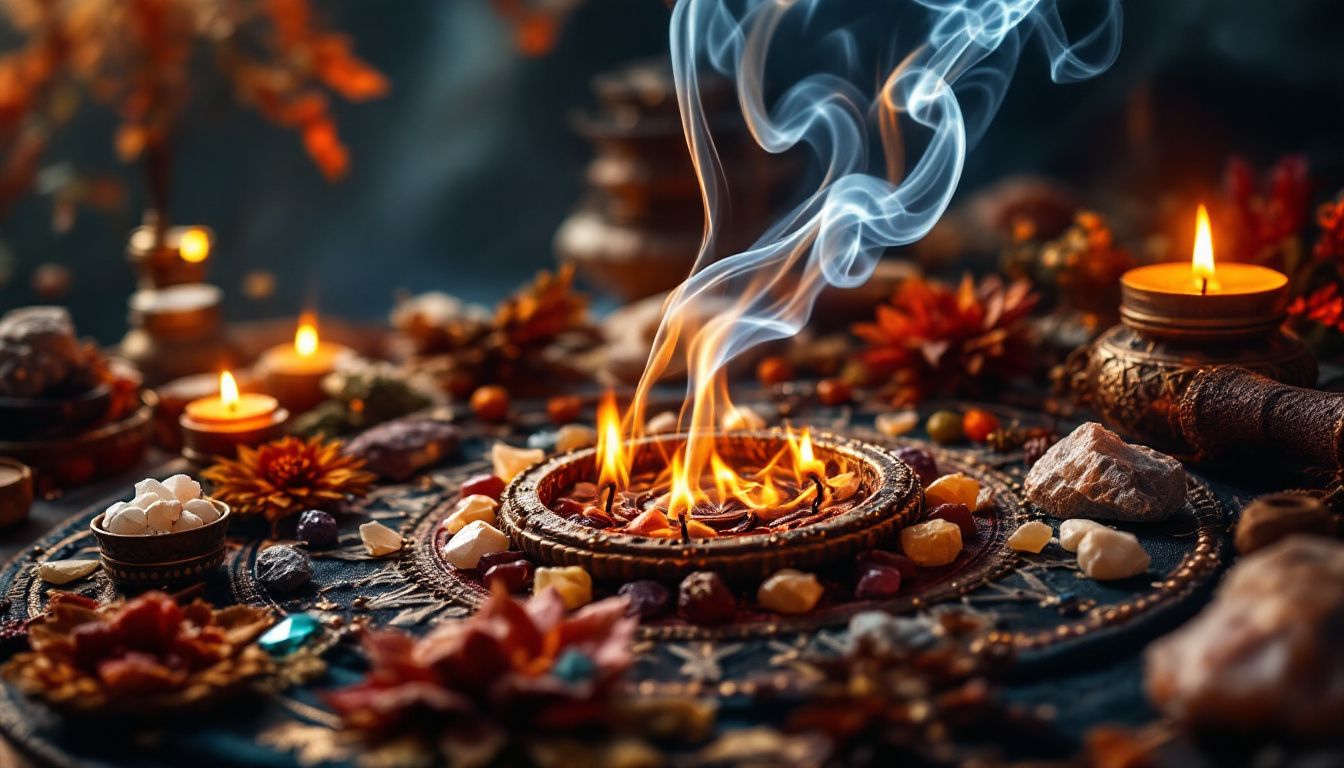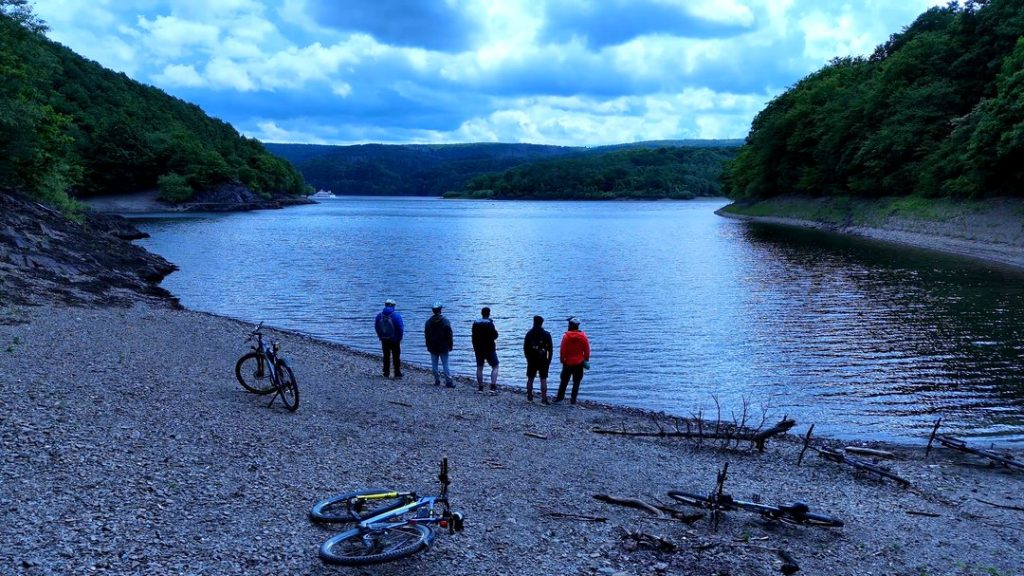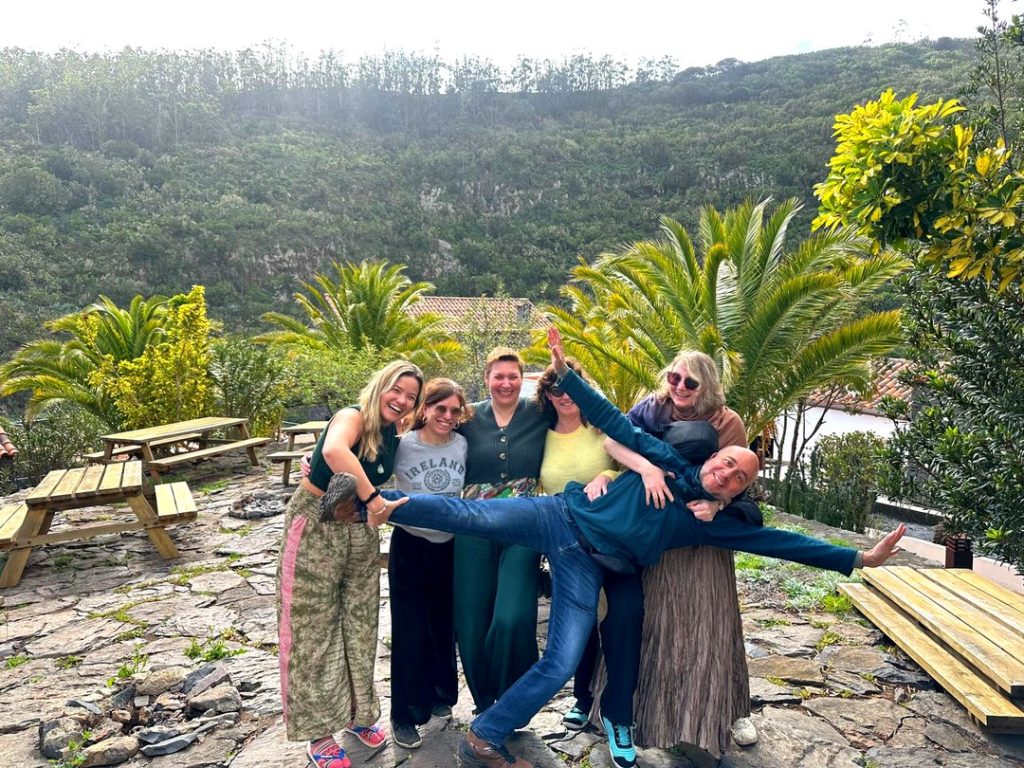What Is Shamanic Awakening? Understanding the Call to a Higher Path
Shamanic awakening is a profound journey that transcends ordinary spiritual practices. It’s not merely an awakening of awareness, but a deep transformation that alters the very core of an individual’s being. This path is often described as a “calling” from the spiritual world, pulling a person out of their usual routines and inviting them to explore realms beyond the physical.
In traditional cultures, this calling is not seen as a personal choice, but rather as a mandate from the spirits. The individual undergoing shamanic awakening is often compelled by forces beyond their control, drawing them toward an ancient role as a healer and guide between worlds. This experience is intense and life-altering, often beginning with unexpected signs and symptoms that signal the start of a new path.
But this awakening isn’t without its challenges. The process can be unsettling, demanding the individual to step away from conventional ways of living, and confront fears, illusions, and societal expectations. This journey ultimately leads to a rebirth, where the person sheds their old self and emerges as a conduit for divine energy and wisdom.

Recognizing the Symptoms of Shamanic Awakening
The symptoms of a shamanic awakening can manifest in many ways, each revealing the deep spiritual changes happening within. Unlike typical spiritual awakenings, shamanic awakening symptoms are intense and often unpredictable. One of the first signs is a disconnection from material concerns—the individual begins to feel detached from worldly possessions, familial obligations, and even the fear of death. This is necessary for the soul, or Siour, to become lighter and free, enabling the person to journey in the spirit world.
During this time, visions and vivid dreams become frequent. The individual may experience encounters with spiritual entities, visions of animals or symbols, and a blurring of the line between reality and dreams. These experiences can be both enchanting and frightening, creating a sense of confusion as the person struggles to distinguish between ordinary reality and the mystical experiences of the spirit realm.
Alongside these visions, intense and unfamiliar emotions can emerge. Many describe feeling as though they are being guided by forces outside themselves, which can be overwhelming. These emotions and energies often surface unexpectedly, leading to a feeling of instability or even a sense of “losing one’s mind.”
In this phase, it’s common for the individual to feel they have been chosen by the spirits to fulfill a sacred role. This realization can bring both a sense of purpose and a heavy responsibility. For some, it may feel like an initiation into a world where they are no longer a mere human, but a being entrusted with divine powers and the ability to walk between worlds.
The Challenges of Shamanic Awakening: Facing Inner and Outer Struggles
Embarking on a shamanic awakening is not for the faint of heart. One of the greatest challenges faced during this journey is the need to detach from earthly concerns. This detachment goes beyond simple minimalism; it requires the individual to let go of attachments to family, possessions, and even the fear of death. This is because the shaman’s soul, or Siour, must be light and free to navigate the spirit realms without being weighed down by material concerns.
Another significant challenge is learning to navigate the intense visions and dreams that often accompany this awakening. For many, the line between reality and dreams becomes blurred, leading to confusion and disorientation. This altered perception can make daily life difficult, as the person may feel they’re straddling two worlds simultaneously—one grounded in everyday reality and the other steeped in mysticism. The inability to distinguish between visions and reality can be frightening, leaving the individual questioning their sanity.
These intense experiences are often accompanied by a flood of unfamiliar emotions. Feelings of fear, wonder, sadness, and joy might surface all at once, creating emotional turbulence. For many, this awakening process brings a sense of loneliness and isolation, as friends, family, and society may struggle to understand what the individual is going through. This lack of understanding can intensify the experience, making the person feel like an outsider in their own life.
Finally, learning to balance between the spiritual and physical worlds is a constant challenge. It’s easy for someone undergoing a shamanic awakening to become “lost” in their visions and neglect their responsibilities in the physical world. Developing the skill to navigate between these realms and remain grounded in both is essential for any aspiring shaman.
Societal Conflicts: Navigating the Tension Between the Shamanic Path and Modern Life
The journey of shamanic awakening often leads to friction with societal norms and expectations. Many societies are focused on material success, stability, and conformity—values that clash with the path of a shaman, who is called to detach from these things. This can create a sense of alienation, as the individual may feel disconnected from the goals and lifestyles that others pursue. The shamanic path challenges conventional definitions of success, often leading the individual to question their role and identity within their community.
One of the core conflicts arises from the need to shed the “social self”—the personality and identity that society has shaped. This involves letting go of societal expectations, allowing the individual to reconnect with their authentic, spiritual nature. For someone undergoing this awakening, the typical structures of society, such as career aspirations, relationships, and social status, may start to feel shallow or even imprisoning.
Furthermore, the experiences and visions of a shamanic awakening can be difficult for others to understand, often leading to feelings of isolation. People around the individual may perceive their transformation as strange or even dangerous. This isolation can be both painful and liberating, as the person realizes they are moving beyond societal definitions of reality and entering a realm that most cannot see or comprehend.
Ultimately, a shaman must learn to balance their unique perspective with their life within society. This means understanding that while they may never fully fit into traditional social roles, they still have a place and a purpose within the larger community. The challenge is to embrace this purpose without succumbing to societal pressures or losing sight of their spiritual journey.
The Role of Initiation in Shamanic Awakening: A Rite of Passage
In the journey of shamanic awakening, initiation is an essential rite of passage that marks the transition from an ordinary individual to a true shaman. This initiation is not just a ceremonial practice; it represents a profound transformation of the soul and a deep connection to ancestral knowledge and spiritual wisdom. Through initiation, the aspiring shaman gains access to higher levels of consciousness and is able to navigate between the physical and spiritual worlds with greater clarity.
The initiation process often involves rituals and symbolic ceremonies that signify the “death” of the old self and the rebirth of a new, spiritually awakened being. This rebirth is crucial because it allows the shaman to shed the limitations of their former identity and step into a role that is aligned with the spirits. Many cultures believe that during initiation, the shaman receives guidance from spiritual entities, animal guides, and ancestors who impart wisdom and protection for the challenging path ahead.
One of the primary purposes of initiation is to prepare the shaman to enter altered states of consciousness, or trance states, which are necessary for connecting with divine forces. In these states, the shaman is able to access hidden knowledge, commune with spirits, and bring back insights that can benefit their community. This ability is not innate; it is developed and refined through the discipline of initiation and the challenges that come with it.
Ultimately, initiation is a gateway that enables the individual to step into a new reality. They are no longer an ordinary person—they are now a bridge between worlds, a vessel for healing, guidance, and spiritual knowledge. This transformation is what allows the shaman to fulfill their role in society as a mediator between the physical and spiritual realms.

The Journey Beyond: Integrating the Shamanic Awakening into Daily Life
After experiencing a shamanic awakening and undergoing initiation, the journey is far from over. One of the most challenging aspects of this path is learning to integrate these profound spiritual experiences into everyday life. For many shamans, the calling to serve does not mean abandoning the material world entirely. Instead, it requires finding a way to balance spiritual insight with practical responsibilities.
This integration process involves grounding oneself in both worlds. A shaman must be able to return from their spiritual journeys with insights that can be applied in a tangible way, bringing healing and wisdom to their community. This often requires extensive practice, as the shaman learns to navigate the thin line between the mystical and the mundane without losing themselves in either.
Some shamans use practices like meditation, grounding exercises, and daily rituals to maintain a strong connection to both the spiritual and physical realms. For example, working with a drum can be an effective tool for grounding and focusing the mind, helping the shaman to stabilize after intense spiritual experiences. The drumbeat serves as an anchor, keeping them present and connected to their body while still allowing them to access the depths of their spiritual awareness.
In the end, the ultimate goal of shamanic awakening is not just personal enlightenment but also service to the community. A true shaman understands that their insights and abilities are gifts meant to be shared, bringing harmony and healing to those around them. This balance between self-discovery and service is what defines a shaman and allows them to fulfill their purpose in both worlds.
Embracing the Path of the Shaman: A Lifelong Journey
The shamanic awakening is a path of transformation, challenge, and profound self-discovery. It calls individuals to step beyond the boundaries of ordinary life and become bridges between the material and spiritual worlds. This journey is marked by powerful symptoms, intense inner and outer conflicts, and a crucial rite of passage through initiation. Each of these stages serves to prepare the shaman for their ultimate role as a healer, guide, and protector of wisdom within their community.
For those who feel the pull of this path, it’s important to remember that shamanic awakening is a lifelong journey. The process of balancing, integrating, and growing does not end with initiation; rather, it continues throughout the shaman’s life as they deepen their connection with the spirit realm and refine their role in the world. Embracing this path means accepting both the beauty and the responsibility that comes with spiritual awakening.
While the challenges may be great, the rewards of shamanic awakening are profound. The journey allows the shaman to access higher wisdom, bring healing to others, and find a sense of purpose that transcends individual desires. This unique path is a gift, one that offers the potential to transform not only the shaman but also everyone they touch.
In embracing the shamanic path, one steps into a tradition that spans generations and cultures, a lineage of healers who have dedicated their lives to serving both the seen and unseen worlds. For anyone feeling the call, remember that you are not alone—this path has been walked by many before you, and the spirits and ancestors stand ready to guide you on your journey.






